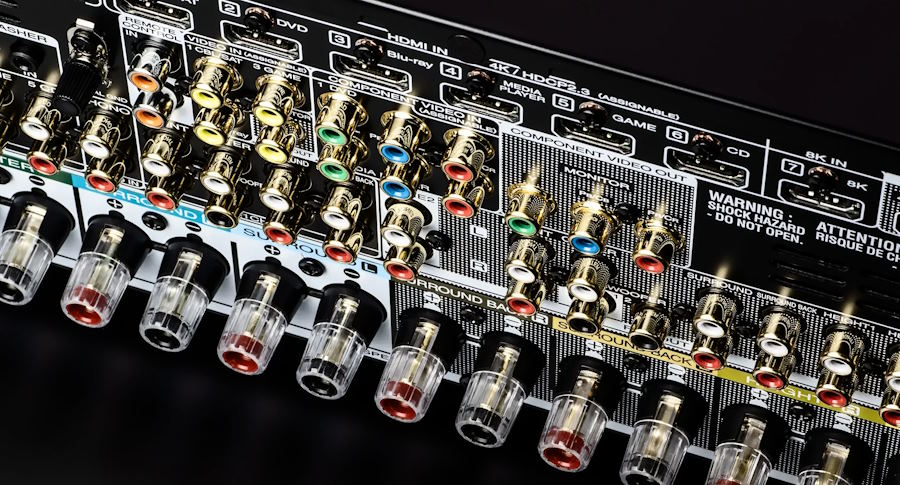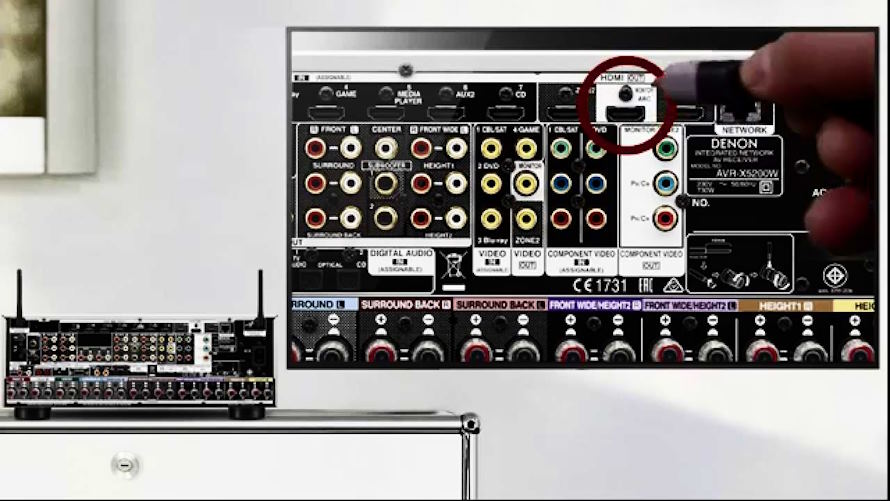Navigating the intricate world of AV receivers, one may encounter a myriad of technical glitches and hiccups that hinder the seamless flow of audio. The importance of troubleshooting these channel-related issues cannot be overstated, as they directly impact the overall quality of your audio setup. Whether you’re grappling with the perplexities of HDMI connectivity, decoding audio formats, or even remote control malfunctions, understanding the root causes and implementing effective solutions is essential.
Identifying Channel Issues: Troubleshooting No Audio and Uneven Volume
No audio output from specific channels
- Possible Causes:
Cable Connections: Faulty or loose cable connections can lead to a lack of audio output from specific channels.
Speaker Issues: Malfunctioning speakers or incorrect speaker connections may be the culprit.
Receiver Settings: Incorrect settings within the 9 channel receiver can result in the absence of audio from particular channels.
- Troubleshooting Steps:
Checking Cables: Verify the integrity of your cables by inspecting for damage or loose connections.
Testing Speakers: Ensure that each speaker is functioning correctly by conducting individual tests.
Adjusting Receiver Settings: Navigate through the receiver settings to confirm that the configurations match your audio setup, making adjustments as needed.
Uneven Volume Levels Across Channels
- Possible Causes:
Speaker Calibration: Improperly calibrated speakers can contribute to uneven volume levels.
Room Acoustics: The acoustic characteristics of your room may impact volume distribution.
Receiver Settings: Incorrect audio settings within the receiver can lead to imbalances in volume.
- Troubleshooting Steps:
Recalibrating Speakers: Re-run the speaker calibration process to ensure accurate volume levels for each channel.
Adjusting Room Settings: Consider the impact of room acoustics on audio and make necessary adjustments.
Fine-Tuning Receiver Audio Settings: Delve into the receiver’s audio settings, tweaking parameters to achieve a balanced volume output across all channels.
Problems with Decoding Audio Formats: Unraveling the Mysteries
Possible Causes:
- Outdated Firmware: The heart of your AV receiver lies in its firmware, and outdated firmware can lead to decoding issues, especially with newer audio formats.
- Unsupported Formats: Not all AV receivers support every audio format available. Compatibility issues may arise if your receiver cannot decode a specific audio format.
- Settings Mismatch: Incorrect configuration of audio settings within the receiver can cause a mismatch between the source’s output and the receiver’s decoding capabilities.
Troubleshooting Steps:
- Updating Firmware: Stay abreast of the latest firmware updates for your AV receiver. Regular updates often include improvements in audio format decoding capabilities.
- Adjusting Audio Format Settings: Dive into the receiver’s settings and ensure that the audio format settings align with the formats used by your audio sources.
- Confirming Compatibility with Source Devices: Check the compatibility of your source devices with the audio formats supported by your AV receiver. Ensure that the formats used by your media players or streaming devices match the capabilities of your receiver.
Remote Control and User Interface Woes: Navigating Challenges
Issues with Remote Control Functionality
- Battery Problems: Often overlooked, battery issues can impede the functionality of your remote control. Regularly check and replace batteries to ensure seamless control over your AV receiver.
- Signal Interference: Signal disruptions can occur due to other electronic devices or physical obstacles. Locate potential interference sources and ensure an unobstructed line of sight between the remote and the receiver.
- User Error: Sometimes, the problem lies not in the technology but in user oversight. Verify that you’re using the remote correctly, aiming it at the receiver, and that it’s within the effective range.
Problems with the On-Screen User Interface
- Display Issues: Distorted or absent on-screen displays can hinder your ability to navigate settings. Check cable connections and ensure your display settings are appropriately configured.
- Navigation Problems: Difficulty in navigating the user interface can stem from remote control or receiver issues. Confirm that the remote is functioning correctly and consider resetting the receiver if navigation problems persist.
- Software Glitches: Occasionally, software hiccups can lead to anomalies in the on-screen interface. Check for available firmware updates, and if problems persist, consider a factory reset to eliminate potential software glitches.



